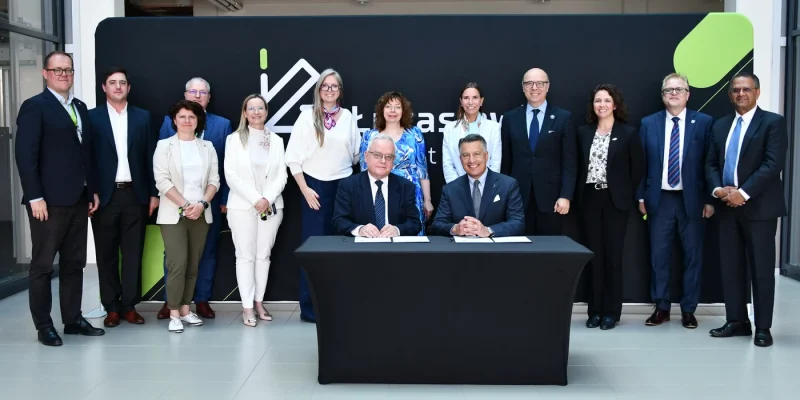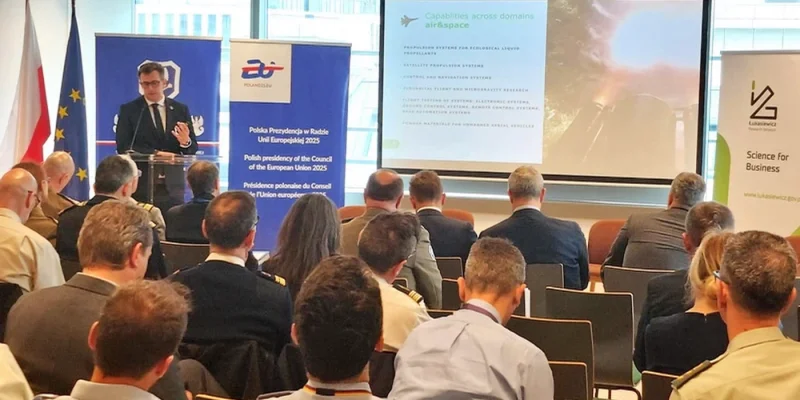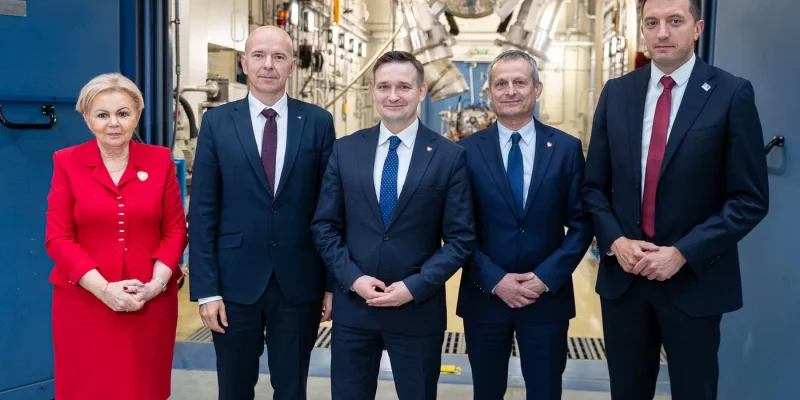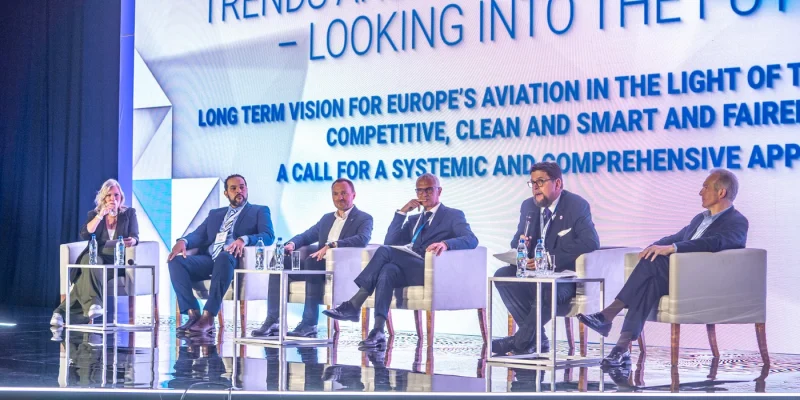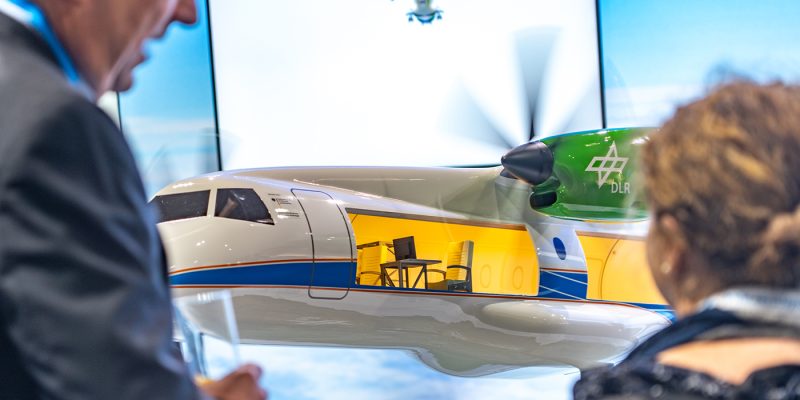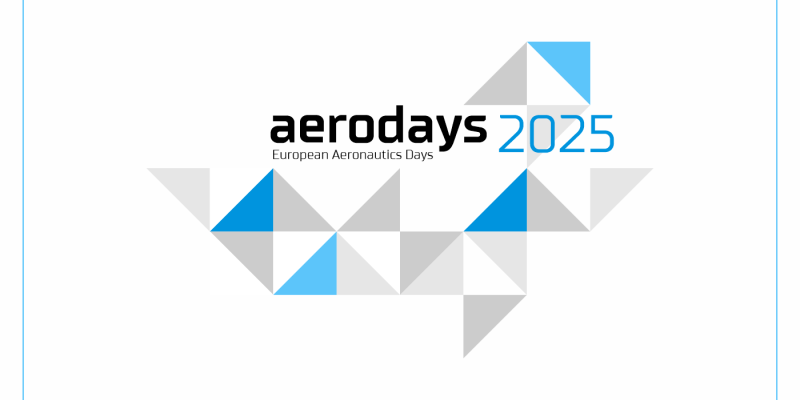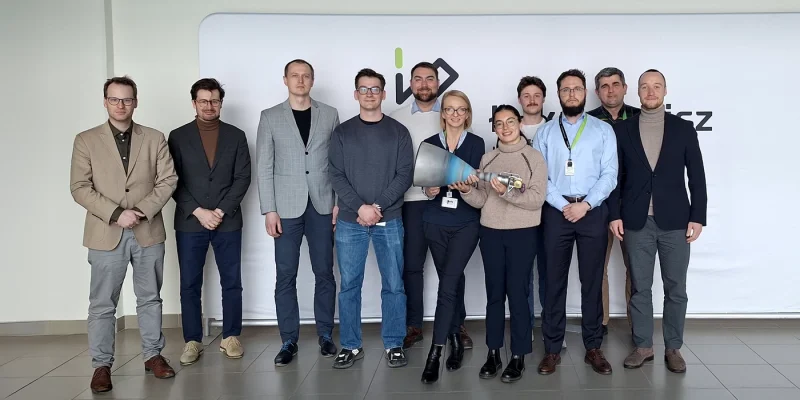A decline in competitiveness, the number of orders, production and exports, or a reduction in employment in aviation regions – these are the main threats to the Polish aviation industry, according to the report “Polish Aviation Industry. Potential and prospects for development”. Industry experts warn that without incentives and financial support instruments that are operating in other countries, there is no chance for further development of this sector and the resulting benefits for the Polish economy.
The aviation industry is an important part of the national economy. According to a report commissioned by the Association of the Polish Aerospace Industry (APAI), the sector is made up of more than 100 diverse companies. These include manufacturers operating globally, small and medium-sized enterprises and scientific and research centers. The sector employs more than 32,000 workers, and this translates into more than 64,000 additional jobs in other sectors of the economy. Each PLN 1 million of added value generated by the aviation industry leads to the creation of PLN 1.8 million of added value in other sectors of the economy, according to the report compiled by EY.
“The Polish aviation industry is currently at a turning point. The industry faces many transformational challenges, and maintaining its current development potential requires a broader government strategy that takes into account the needs of the entire economy. This is supported, among other things, by the fact that despite perturbations in the global aviation market, the Polish aviation industry continues to grow at a double-digit rate. However, this trend may be slowed down without systemic support to increase the competitiveness of the industry and strategic decisions to support the sector in the near and distant future”, says the president of the Association of the Polish Aerospace Industry and director of the Łukasiewicz – Institute of Aviation, Paweł Stężycki, PhD. Eng.
Representatives of the Polish aviation industry argue that most developed countries have seen the benefits of protecting and supporting the development of their own aviation industry. Systemic programs and financial support for the development of the aviation industry, which translates into benefits for the economy, operate, for example, in the UK, France and Germany.
“In Germany, the budget for the sector support program for aerospace companies from 2009-2023 was €1.2 billion, and Germany has relied on a strong presence in Airbus’ supply chains, becoming a major partner of the company instead of building its own OEM. The Polish economy could also benefit from a similar program. However, for this to happen, cooperation between the public administration, manufacturers and the scientific community is needed. The solution is a so-called industry contract, or a coherent national strategy for the sector” says president of the Association of the Polish Aerospace Industry and director of Łukasiewicz – Institute of Aviation, Paweł Stężycki, Ph.D, Eng.
Polish aviation industry – what’s next?
The report points out that currently the national potential is built on the basis of the corporate objectives of individual companies, and that the documents in force, such as the Policy for the Development of Civil Aviation in Poland until 2030 (with an Outlook to 2040), are not comprehensive. A joint strategy taking into account economic and social goals would enable faster growth in the desired segments.
“Polish aerospace players have limited access to capital, and domestic subsidy programs and competitions for the implementation and deployment of R&D results are not geared to the long development cycles of aerospace products. The decisions that will be made now at the ministerial level will determine the future of the aviation industry in Poland. The sector’s advantages, such as qualified engineering staff, developed supply facilities and Poland’s strategic location, may prove insufficient in the long run”, adds the president of the Association of the Polish Aerospace Industry and director of Łukasiewicz – Institute of Aviation, Paweł Stężycki, PhD. Eng.
Industry contract – a key element in supporting the Polish aerospace industry
The report was premiered in September this year during a meeting between APAI’s board of directors and government officials on the future of the aviation industry contract. The meeting was an important step towards the signing of an agreement between the government and the aviation sector to support the needs of this part of the economy.
An opportunity for the development of the Polish aerospace industry is participation in research and development projects, which will result in the modernization of existing products and expansion of know-how, and the development of specialization in areas in which global aviation is currently developing – these include low-emission technologies, modern production technologies or new unmanned aircraft. An important opportunity for the Polish sector is also for the sector to redefine its value chains globally – getting out of some Asian countries like China, creating chains closer to the end customer to avoid or reduce risks arising from globalization.
About the report and APAI
The report “Polish Aerospace Industry. Potential and Development Prospects” was commissioned by APAI. Its purpose was to present the situation of the aviation industry sector in Poland and indicate the prospects for development. EY was responsible for its preparation.
The Association of the Polish Aerospace Industry was founded in 2000 to support the dynamic development of the aviation industry in Poland. APAI is a non-profit organization representing companies and institutions in the aerospace and defense industry, including: Pratt&Whitney, Polskie Zakłady Lotnicze in Mielec, GE Aerospace, Safran Transmission Systems, PZL Świdnik S.A., Air Force Institute of Technology, Łukasiewicz – Institute of Aviation, Avio Polska and Collins Aerospace Wrocław.
Source: Association of the Polish Aerospace Industry



